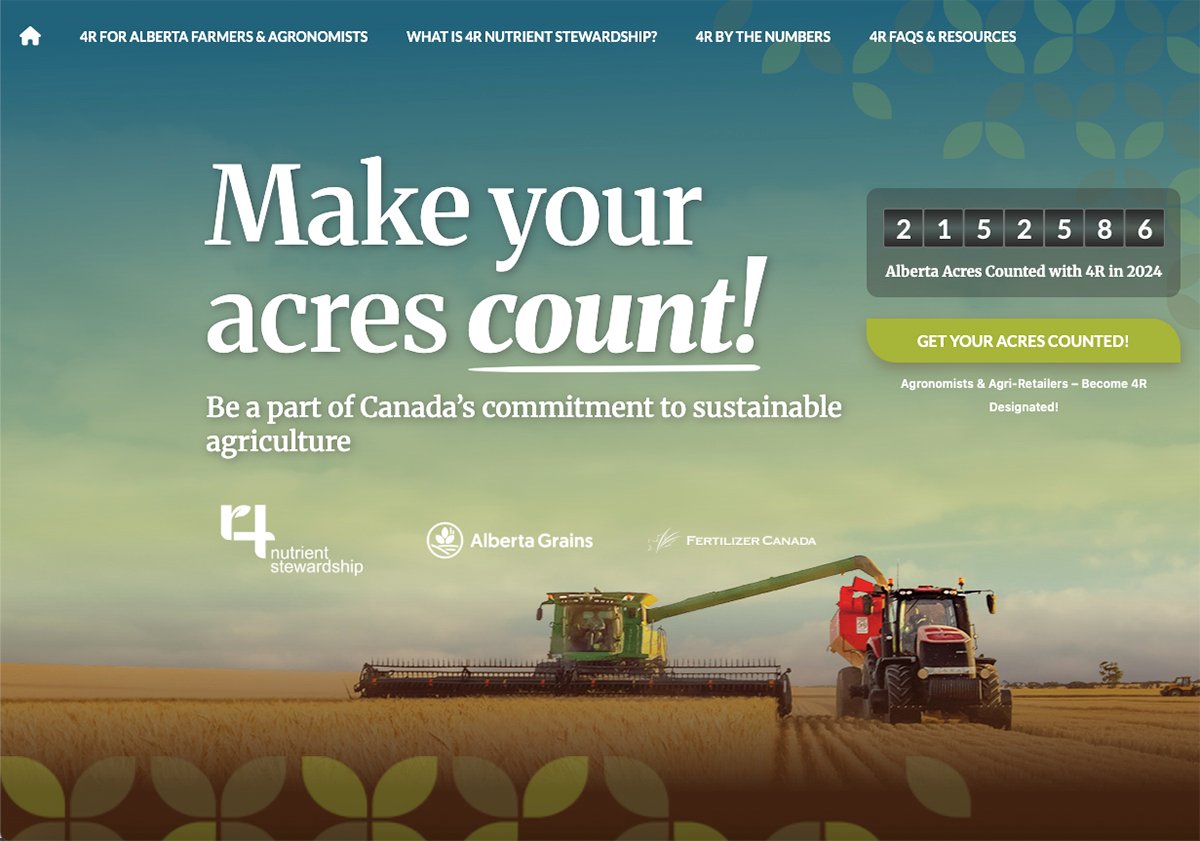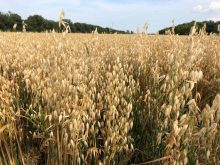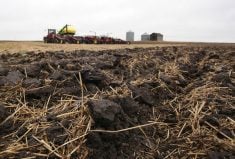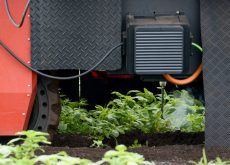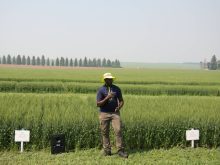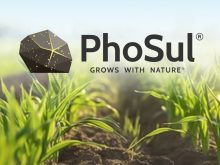Alberta Grains and Fertilizer Canada have officially launched Make Your Acres Count!, a new campaign encouraging Alberta farmers to get their land recognized under the 4R Nutrient Stewardship framework.
The program enables growers to work with a 4R designated agronomist to develop a nutrient-management plan that improves fertilizer efficiency, boosts productivity and strengthens environmental stewardship.
The campaign is part of a broader effort to grow Alberta’s leadership in sustainable agriculture.
Read Also

VIDEO: What tech makes your combine tick during harvest season?
Greg Berg with Glacier FarmMedia speaks with product specialists with Case IH, New Holland and John Deere about harvest technology features on their combines at Canada’s Outdoor Farm Show.
In 2024, more than 2.15 million acres in Alberta were self-reported under 4R. Make Your Acres Count! aims to nearly double that number by the end of the 2025 crop year.
“The Make Your Acres Count initiative is one tool that aims to increase awareness of farmers’ sustainable agricultural practices. Canadian farmers are amongst the most sustainable producers in the world, but we don’t always convey that story as effectively as we should. Establishing sustainability metrics to help demonstrate this is something that the industry has been working hard to achieve,” said Shannon Sereda, director of government relations, policy and markets for Alberta Grains.
The 4R Nutrient Stewardship framework, led by Fertilizer Canada, is built on the principles of applying the right source of nutrient at the right rate, at the right time and in the right place. When implemented optimally for crop conditions, 4R practices improve crop performance, reduce nutrient loss and help meet sustainability goals related to water, air and soil health.
“Farmers are committed stewards of the land, and 4R Nutrient Stewardship helps them get the most from their fertilizer while protecting the environment. Getting your acres counted is about recognizing what farmers are already doing and showcasing their leadership in sustainable agriculture,” said Michael Bourque, president and CEO of Fertilizer Canada in a press release.
Beyond the environmental benefits, there is the synergy of the economic ones as well.
“Demonstrating sound environmental best management practices is increasingly tied to maintaining and expanding markets. Global buyers, food companies and regulators are increasingly embedding sustainability and greenhouse gas reduction into their procurement standards. Even while grain markets remain primarily price-driven, access to premium markets is increasingly dependent on a demonstration of responsible production,” said Sereda.
“(Make Your Acres Count!) is one tool toward validating our farmers sustainable practices toward strengthening their reputation as world-leaders in sustainable production and increasing competitiveness and access to high-value markets.”
Fertilizer is one of the top production expenses for farmers, which can amount to upwards of 30-40 per cent for some producers in their input costs, according to Sereda. While farmers are inherently prudent with their application, 4R Nutrient Stewardship framework can take it to another level.
“Adoption of 4R Nutrient Stewardship practices are well-documented to reduce nutrient demands by acres without yield loss. Modelling has shown this could result in net benefits of up to $87 per acre in some crops and regions,” said Sereda.
“Further savings can come from reducing losses in use efficiency, reducing risks of crop stress, and improving fuel and equipment efficiency with fewer passes in the field. Producers can garner additional revenue streams through potential incentives and offset credits as well.”

